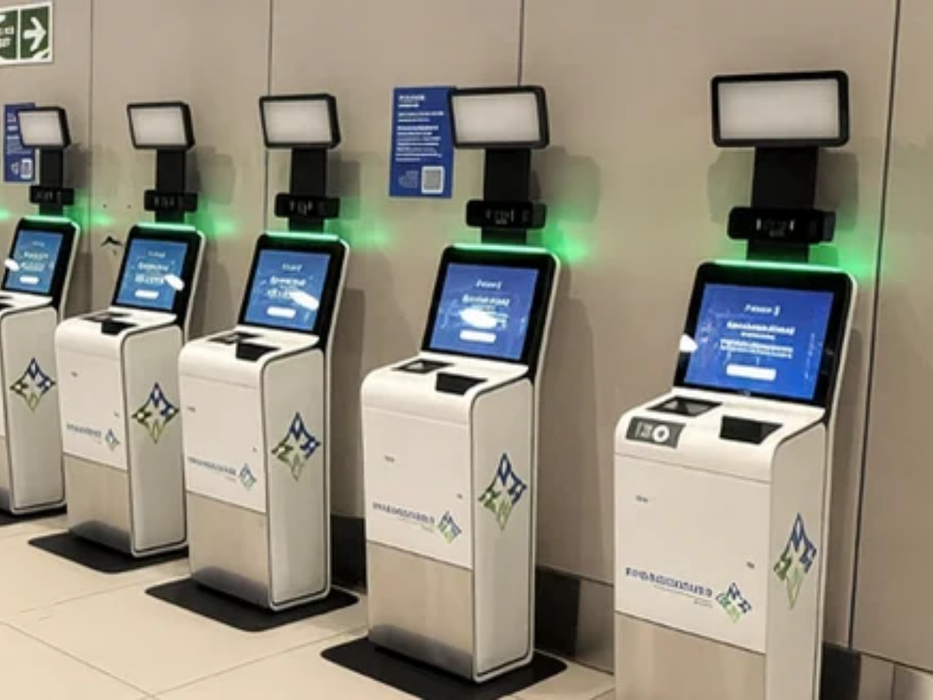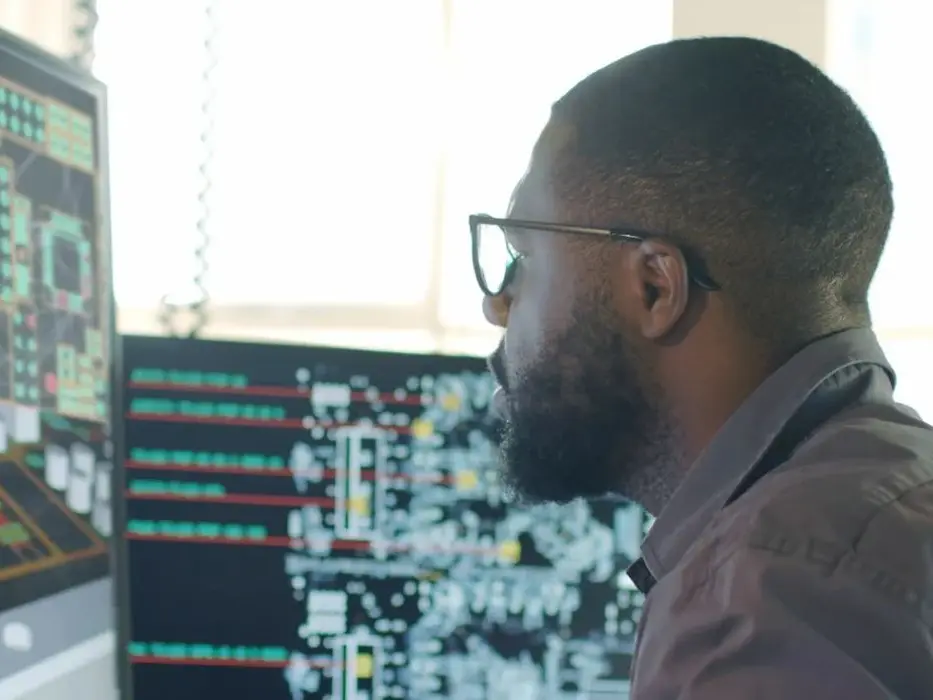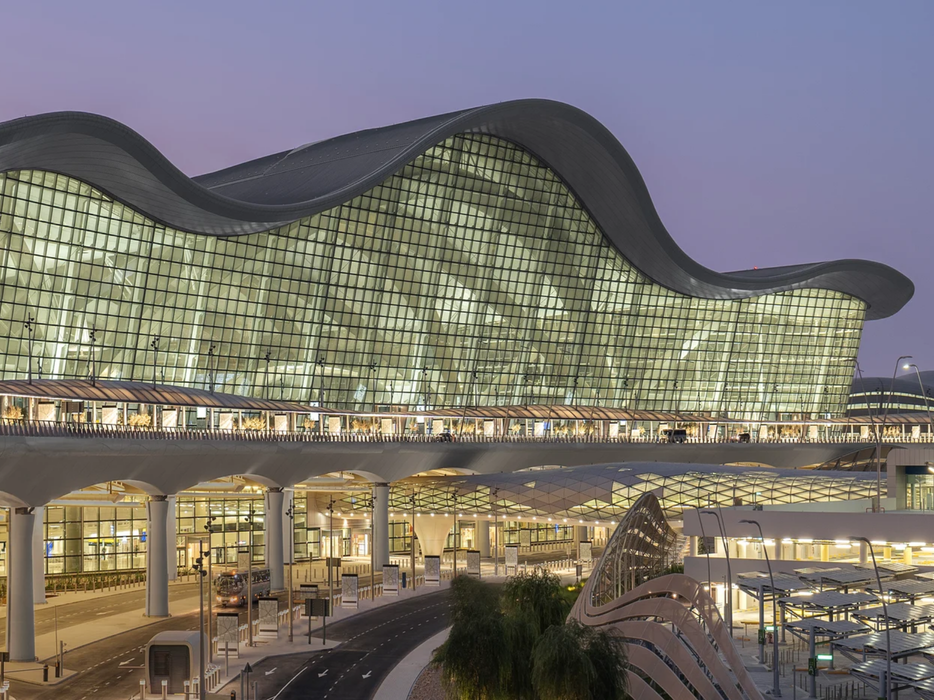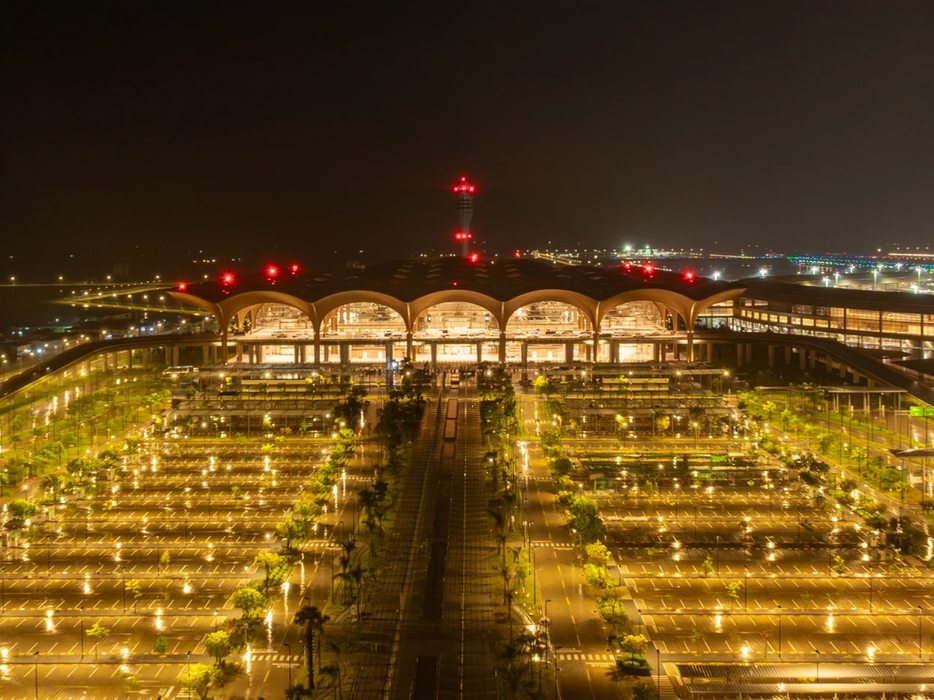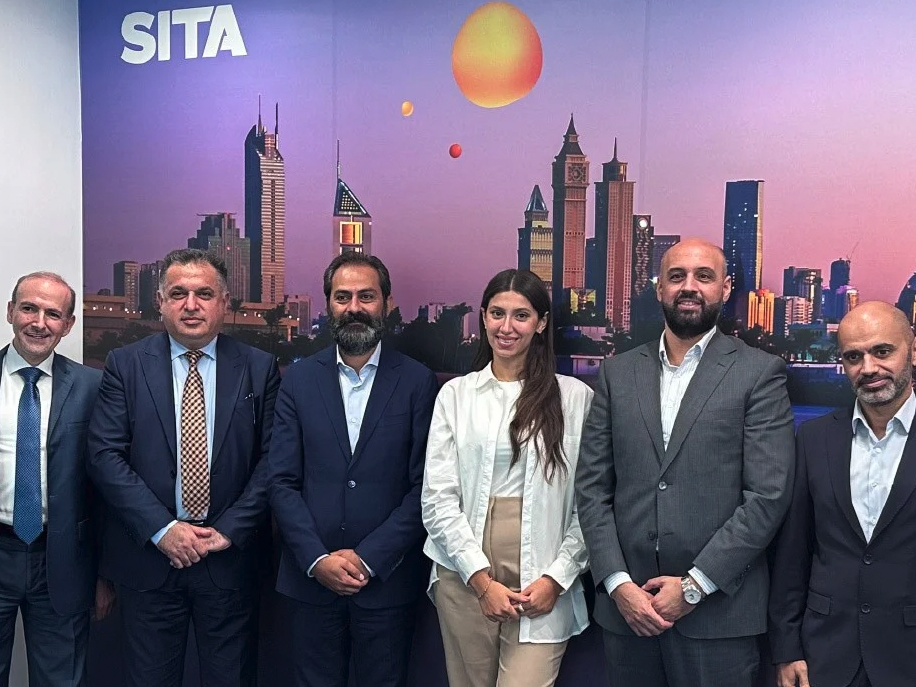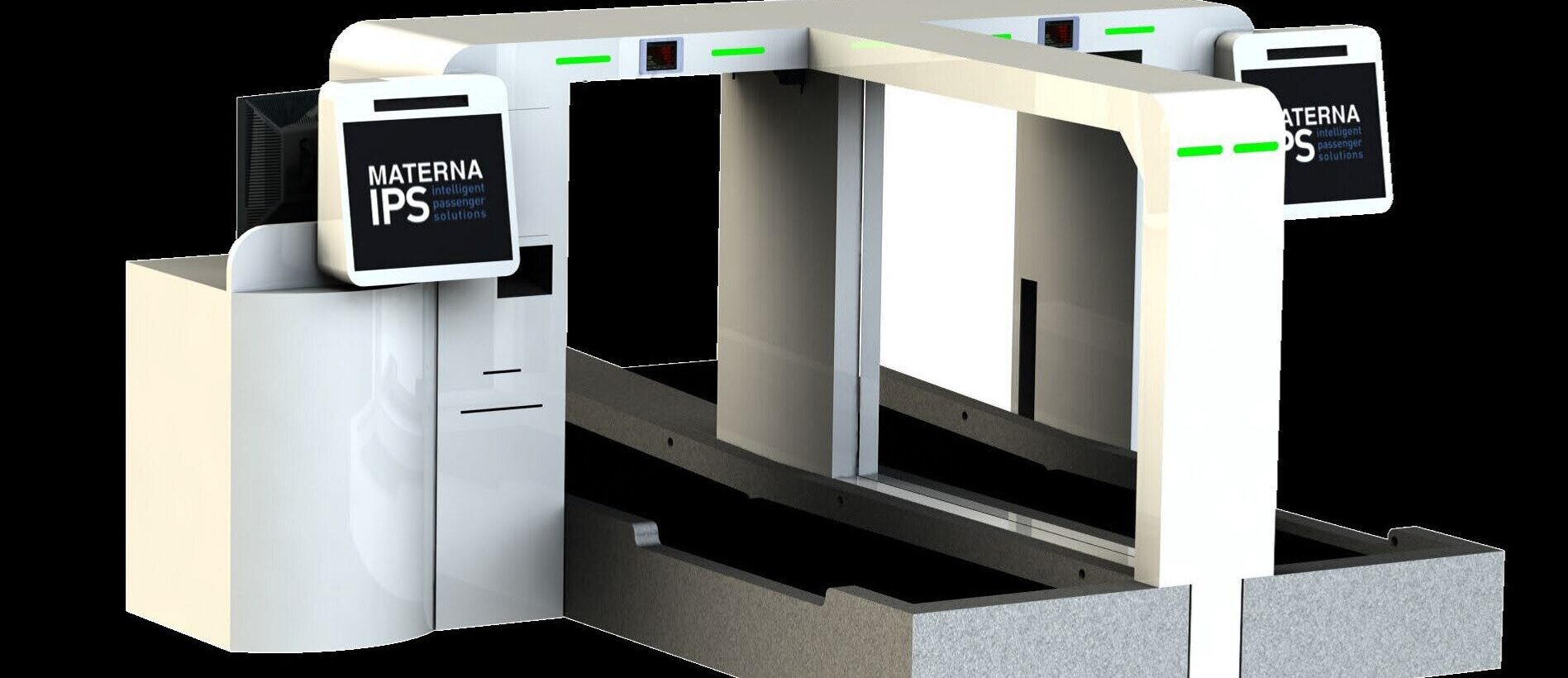As one of the most sought-after destinations in Latin America, Brazil witnessed an impressive recovery in tourism numbers in recent years.
The sector accounted for 7.6% of Brazil’s GDP in 2022, and it’s the fifth most visited country in Latin America with 3.6 million international visitors.

So, how can Brazil better position itself to welcome visitors in the easiest and safest way possible? In a country with a growing tourism economy, increasing the efficiency of border processes while reducing the risk of fraud brings significant benefits to everyone involved: governments, operators, airlines, borders, and travelers.
Overall Scenario
The number of air passengers has been increasing rapidly worldwide every year: the International Air Transport Association (IATA) predicts 8 billion air trips per year by 2040.
The Cruise Lines International Association (CLIA) released the ‘State of the Cruise Industry Report 2024,’ showing that 31.7 million people traveled by ship worldwide in 2023 – nearly two million more than in 2019. In Brazil, the growth was even greater, showing a 30% increase since 2019 (from 576,500 to 740,500 cruise passengers during the period).
The increase in the number of trips and travelers (whether by air, land, or sea) puts tremendous pressure on airports, national borders, and company resources. This means existing travel infrastructure, often manual and paper-based, and traditional processes will not be able to meet this demand.
This is where the digitization of border processes comes in: facial biometrics is the ideal solution for a smoother, safer, and more efficient travel experience. By applying advanced technologies, companies will also solve other challenges in their respective sectors, such as space constraints, the lack of specialized staff, and the changing habits and needs of passengers.
Brazil stands out in the field of biometrics. The country, often seen as outdated in relation to emerging technologies, shows significant potential and is advancing rapidly towards the implementation of biometric solutions.
National Security and Defense
Security is one of the main focuses of adopting biometric technology. With a system that identifies a person through unique biophysical characteristics, such as facial recognition, biometrics is becoming crucial in border controls, where security is a top priority.
This technology allows for quick and secure identity verification, reducing the possibility of fraud and illicit activities. Implementing biometric solutions strengthens national defense by providing advanced tools for border control. With the ability to identify and monitor passengers in real-time, authorities can respond proactively and effectively to potential threats, ensuring the safety of citizens and travelers.
The technology can streamline the identity verification process, making it more efficient and less susceptible to human error.
Customer Experience
Biometrics has the potential to revolutionize the customer experience. Imagine being able to board an international flight or cruise without repeatedly showing a passport or ID. With biometrics, travelers’ identities can be verified quickly, reducing queues and speeding up the boarding process.
This technology makes travel more convenient and improves customer satisfaction. A smoother and hassle-free travel experience can lead to increased customer loyalty and, consequently, growth in tourism.
Cost Reduction
Implementation biometric technology also results in significant cost savings for airport and port operators. Automating identity verification processes reduces the need for staff and minimizes spending on printed documents and traditional security systems.
Tourism Growth
With a safer and more efficient travel experience, Brazil can become an even more attractive destination for international tourists. Biometric technology simplifies and speeds up the entry process into the country, potentially contributing to an increase in the number of visitors. This can also boost the local economy, by generating jobs, and promoting the development of tourist infrastructure.
The Future of Biometrics in Brazil
Brazil already has the necessary technology to implement advanced biometric solutions and is in a favorable position to become a leader in this field. With government initiatives and partnerships with technology companies, the country is preparing to adopt biometrics broadly and effectively.
SITA Solutions
SITA already has several solutions and success stories in biometrics. Good examples are the Star Alliance Biometric initiative and the Indian government’s DigiYatra program. In both, the SITA Smart Path biometric passenger processing solution is used end-to-end.
The Smart Path solution allows each stage of the passenger journey to be done biometrically, from registration on mobile devices to boarding the aircraft, including all intermediate and subsequent points. The result is a fully enhanced travel experience.
SITA Flex is also a solution that uses advanced biometric technology. It is a common-use passenger processing platform, like SITA Border Management, which covers border control, risk intelligence, and travel declaration. Both are well-recognized in the industry and used by over 40 airports worldwide.
Another highlight of the SITA portfolio is Digital Travel Credentials (DTC), a highly sought-after verifiable digital identity that shares passenger data, with prior authorization, before their arrival for optimized border crossing.
As a member of the IATA One ID initiative and the International Civil Aviation Organization’s DTC, SITA is leading the way in deploying border-level DTCs. The company is also helping to set stringent standards for passenger identity management in the context of biometrics.
Biometrics at the Forefront of Transformation
The future of travel is no longer a distant concept; it’s happening now. Global demand is increasing, and biometrics is at the center of this digital transformation.
Brazil is well-positioned to lead the adoption of biometric technologies in Latin America. With advanced technological infrastructure and a strategic vision focused on security and efficiency, the country is prepared to implement these solutions on a large scale. As the country continues to invest in and develop this technology, we can expect to see a significant transformation in the airport sector and migration control.
SITA is committed to supporting Brazil on this path. We are excited about the transformative potential that biometrics brings to national security, tourism, and the consumer experience. We will continue to collaborate with partners and authorities to ensure that Brazil remains at the forefront of technological innovation, standing out in South America and globally.
This article was originally published by SITA.





